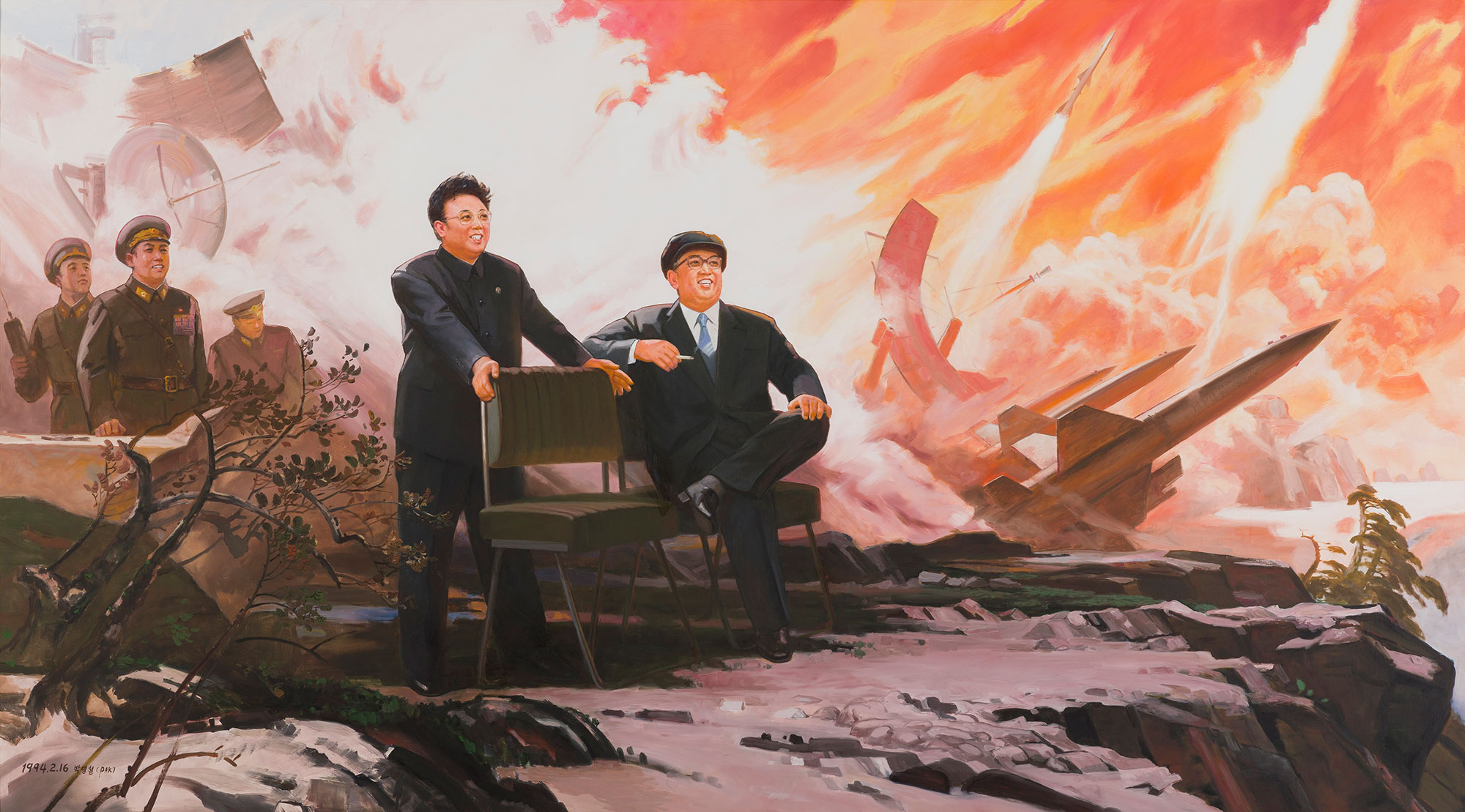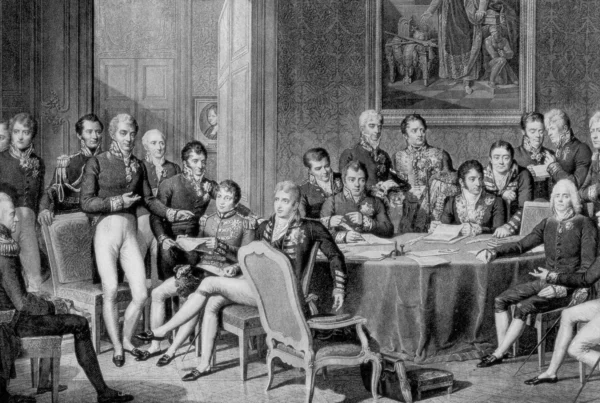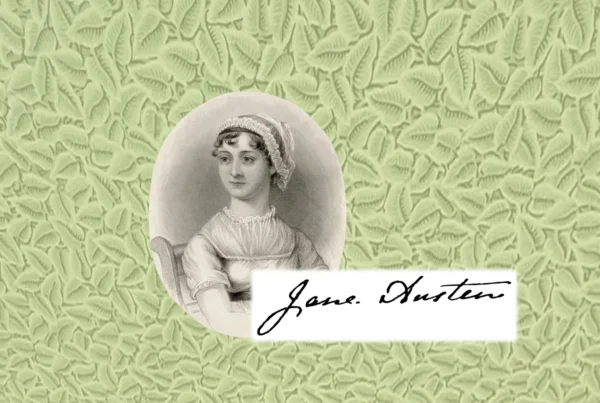Switzerland’s capital Bern is currently hosting three exceptional Korea exhibitions: “Souvenir de Coree”; “Border Crossings – North and South Korean Art from the Sigg collection”; and “Let’s talk about mountains – a filmic approach to North Korea”. Gerhard Thiedemann, former German Ambassador to the DPKR, shares his impressions of these unique exhibitions.
By Dr. Gerhard Thiedemann 17.6.2021
The Swiss capital city Bern, always worthwhile to visit as a UNESCO world heritage site, currently has three attractive exhibitions. I recommend all of them for those people interested in the Korean peninsula’s politics and diplomacy as well as arts and nature. Usually, the Democratic People´s Republic of Korea (North Korea or DPRK) is not open to the world public, accepting only a few travellers. So it is fascinating to have a combination of events in Switzerland which opens up a theatre of impressions since the 1950s from the traditional „land of the morning calm” to all of us.
To start with, the exhibition „Souvenir de Coree” in the Library am Guisanplatz goes until 25 February 2022. This is a very Swiss cabinet exhibition covering almost 70 years of engagement for the Neutral Nations Supervisory Commission in Korea. Recall that at the beginning 1953 it was still difficult to bring more than 100 Swiss military personnel halfway around the world to monitor the armistice between North and South Korea at a heavily guarded and most dangerous 250 km frontier line on the globe during the Cold War. Photos, diaries, letters and personal mementos accompanied by archive material and some pieces of art demonstrate the everyday life of foreign soldiers and the local people around the demilitarized zone. A small number of Swiss together with a Swedish contingent is still on duty there. A longstanding commitment of those neutral nations is still needed as there is no peace accord yet, although there has been no war in Korea since 1953. It is of quite some historic value to highlight this important mission not only for those who did their military service there but also for today’s citizens to highlight this special area of peace-keeping.
„Border Crossings – North and South Korean Art from the Sigg collection” is an exciting and in some ways overwhelming exhibition at the Kunstmuseum Bern until 5 September 2021.
It covers North and South Korean art, shows the sometimes strange differences between the cultural expression of a free society and that of a totalitarian system. The two Koreas could not be more different from one another even in this sphere. The North fosters a socialist-realist art tradition, while in the South there is a vibrant contemporary art scene. It is in this conflicting approach to art that the synchronous and parallel existence of the two political systems and the lived reality of the populations are reflected. The show is impressive already by the mere size of some artefacts but as well by the cross section of art production on the Korean peninsula. It shows quite a number of paintings and other objects covering decades of art work from the 1970s to the 2010s, now easily accessible in Bern. Gratitude is expressed to collector Uli Sigg, a man of business and diplomacy. He lived for many years in China and seized the opportunity to acquire a substantial amount of art from North East Asia.
Also on show at the Kunstmuseum in a special room are North Korean propaganda posters from the Zellweger collection, demonstrating the wishful thinking of the Kim Regime regarding how nice and happy life is in and around Pyongyang and how the outside world should see it.
„Let’s talk about mountains – a filmic approach to North Korea” in the Swiss Alpine Museum until 3 July 2022 is enjoyable to visit as it is interactive and motivates the spectator to active participation. During a brief thaw in the North-South relations (2018/2019) a Swiss film team took the chance to explore the otherwise hidden mountainous landscape of the northern Peninsula. The crew hiked to summits with domestic trekking groups, interviewed school classes, saw artists at work, visited country folk in the hilly farmland, made a trip to North Korea`s ski resort and met locals in a Pyongyang park simply enjoying their weekend. The pictures of this beautiful country provide a glimpse into everyday life and the statements from ordinary people to the filmmakers are even more impressive. The micro stories captured on film reflect the extremely modest and regime-controlled existence of average North Koreans not belonging to the privileged nomenclatura. The film gives a voice to those people who usually do not appear as individuals in the Kim political system. They talk not only about the mountains but we also get some surprising images.





